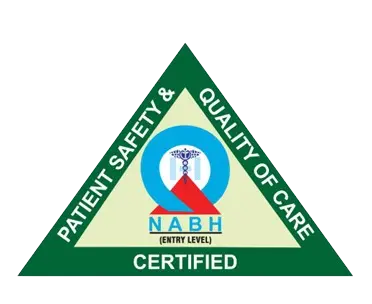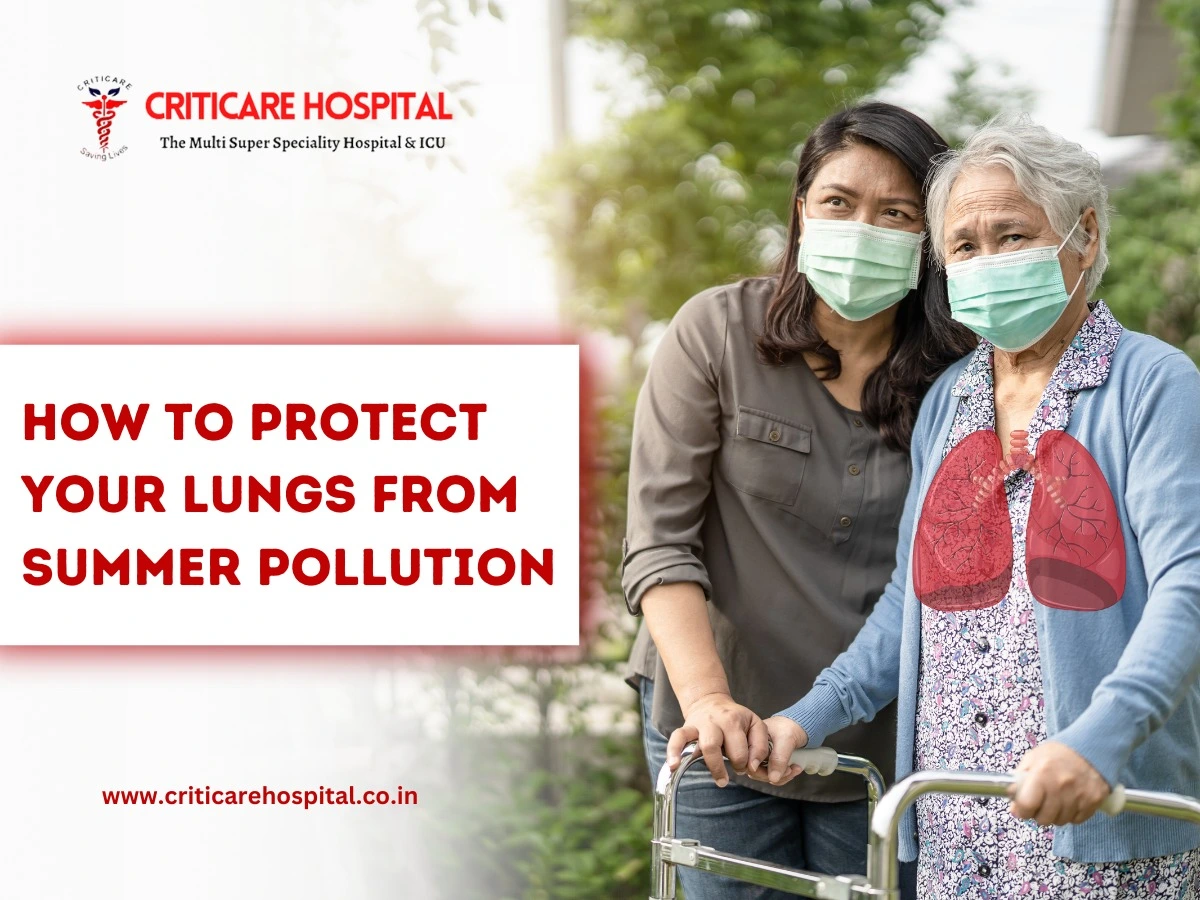Summer is here, with its heat waves, burning temperatures, and pollution. You can hardly imagine going out without taking preventive measures such as covering your body properly and keeping a water bottle with you.
Summers are fun, but not at this temperature where everything seems burning and the environment is entirely polluted.
You all need to understand that a little negligence in this climate can lead to severe health problems, which can cause you to suffer a lot.
Direct exposure to UV rays can cause skin cancer, excessive tanning, and wrinkling, whereas pollution can directly affect the lungs and cause various lung diseases.
However, the question is how to beat the heat along with this irritating pollution and stay healthy during hot summers.
Here is the answer!
This article is about the preventive measures and steps you can take when you’re outside or away from your home. First, make yourself aware of the types of summer pollution.
Understanding Summer Pollution
Types of Pollutants
- Ground-Level Ozone
- Particulate Matter
Sources of Summer Pollution
- Vehicle Emissions
- Industrial Activities
- Wildfires
Short-Term Effects
- Coughing and Weezing
- Shortness of Breadth
Long-Term Effect
- Chronic Respiratory Conditions
- Increased Risk of Cardiovascular Disease
Tips for Protecting Your Lungs
- Monitor Air Quality Index (AQI) Levels
- Limit Outdoor Activities During Peak Pollution Hours
- Use Air Purifiers and Filters Indoors
- Wear masks
- Outdoor Exercise Precautions
- Proper Hydration Strategies
- Protective Clothing and Accessories




